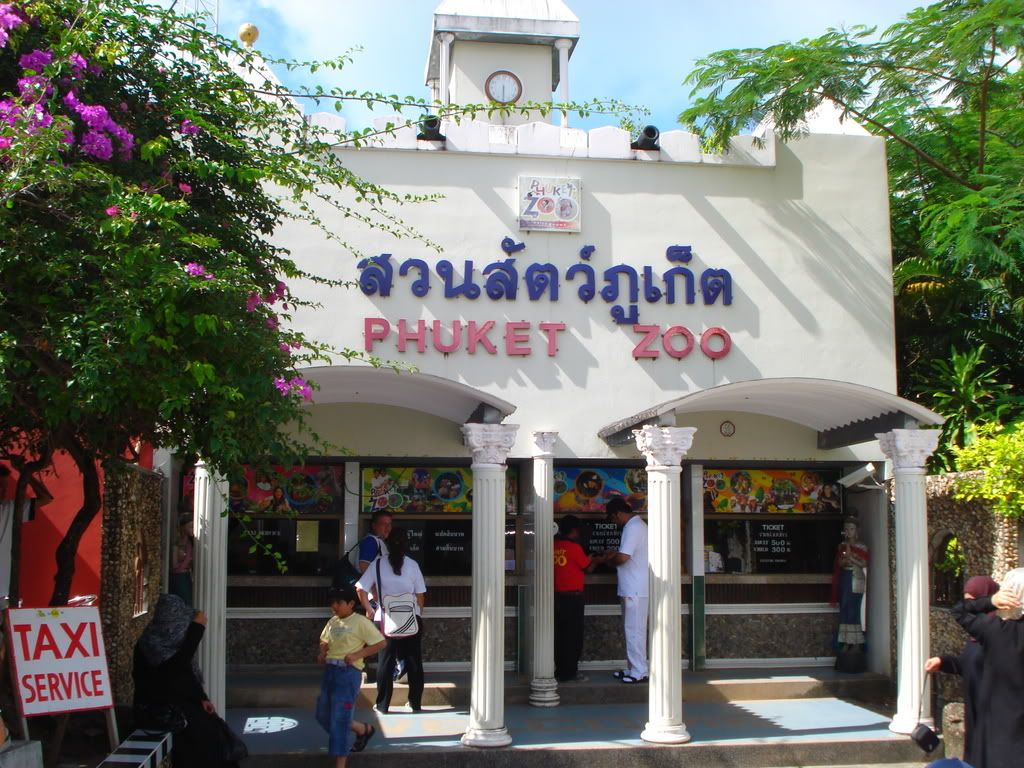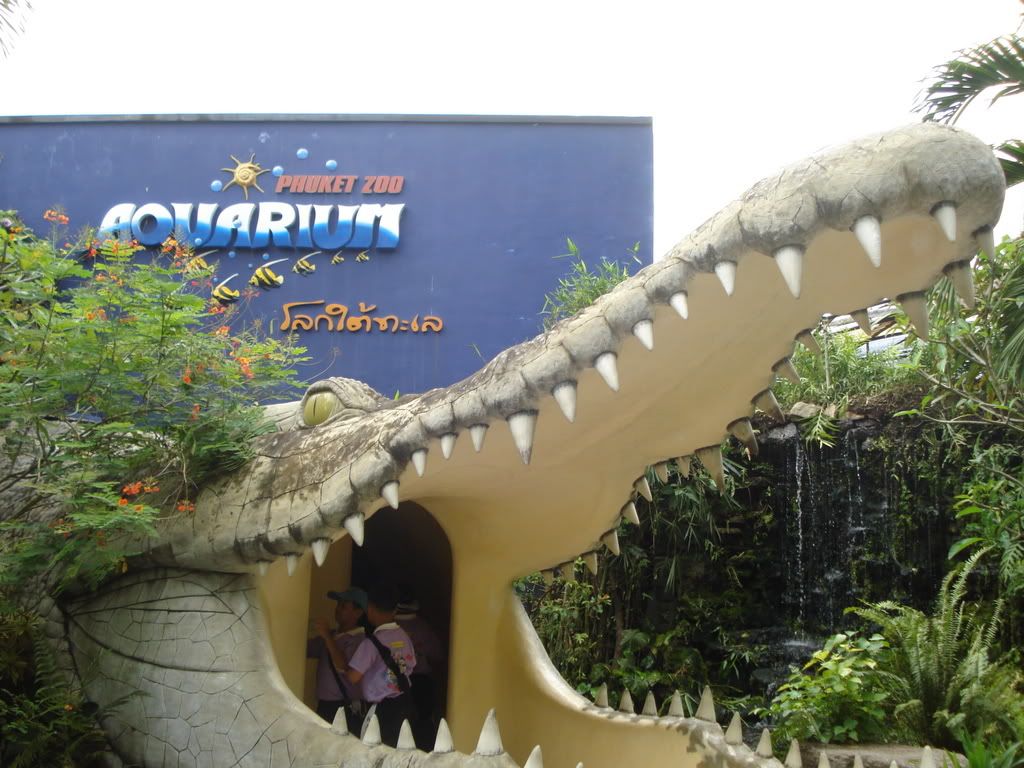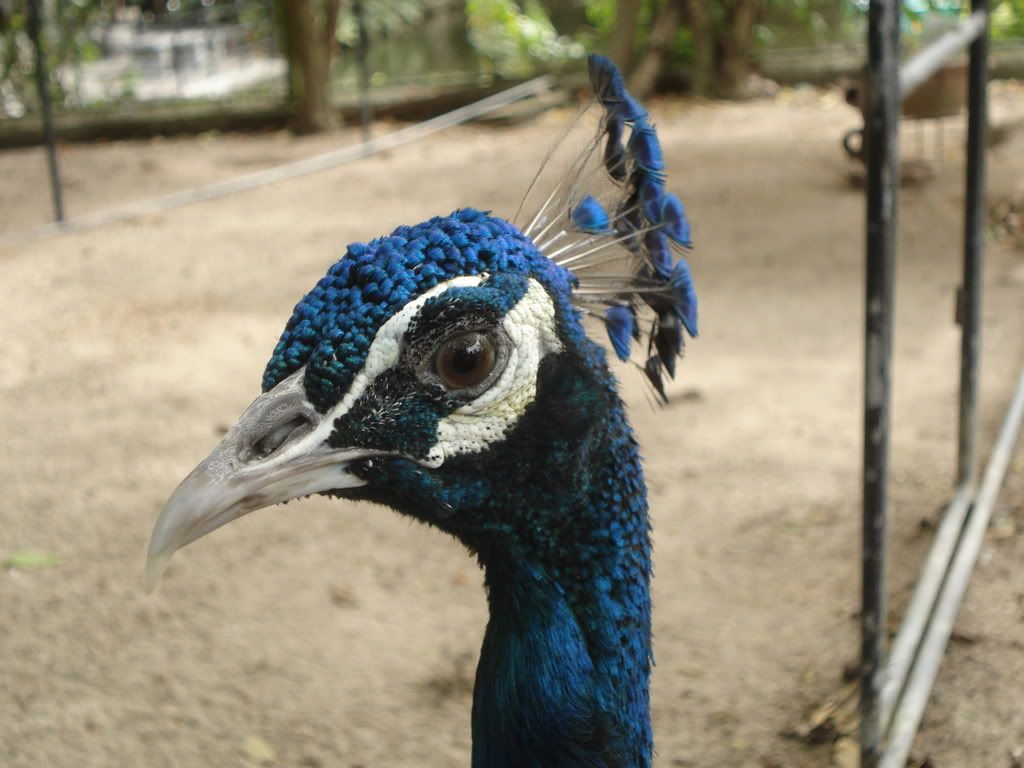Lying midway between Phuket and Krabi Province, Koh Yao Yai and Koh Yao Noi are the largest of the islands in Phang Nga Bay comprising a total of 137 square kilometers. According to local legend the strait between the two islands was created when a very angry Naga (sea dragon) crashed through on its way to Krabi to see his fiancee being married to someone else.
A giant sea serpent had used its magical powers to help a woman give birth to a baby girl. In return, the Naga demanded that his son be allowed to marry the girl when she was of age. When the time came, however, the woman forgot her promise and arranged for her daughter to marry a local prince instead. Learning of the woman’s treachery, the sea dragon swam towards the Krabi shore in a rage splitting in half the largest island in the bay on his way. The pandemonium caused by the arrival of the Naga at the wedding ceremony disturbed a powerful hermit who was meditating in a nearby cabe. The hermit, who apparently had a low tolerance for noise, transformed the warring families and the sea serpent into the oddly shaped mountains that are now so prominent around the Phang Nga peninsula.
For centuries it has been believed that Koh Yao was populated by the Chao Leh (sea gypsies), nomadic groups who traveled from island to island for fish and other see food. There is also evidence that many early settlers migrated from Thailand’s southern provinces and from Malaysia.
The smaller of the islands, 50-square kilometer Koh Yao Noi, has seven villages with a total population of around 4500, ninety-nine percent of whom are Muslim. The largest settlement is Tha Khai, a subdistrict seat which contains a hospital, market, police station, and the only 7-Eleven of the 44-island archipelago. Hat Pa Sai and Hat Tha Khao are the best beaches (the local residents hope that the extreme low tides will continue to keep the large resorts so prominent on Phuket from developing there).
A visit to Koh Yao Noi is like stepping back in time to witness the Phuket of 20 or 30 years ago. Accommodation is still limited to simple bungalows and a few boutique-style resorts although Evason has recently opened a high-end resort on Koh Yao Yai (with prices topping out at USD $10,000 per night). There are a few tuk tuk’s and songtaews available to transport visitors and motorbike rentals can be had for 200 baht per day.
The main industries on Koh Yao Noi are fishing and rubber planting. Rice farming and a few coconut, palm, and fruit plantations are also evident. Boat building and farming techniques here have been passed from father to son and, while some of the youngsters leave Koh Yao to seek the bright lights of Phuket, most eventually return to their tight-knit community.
The best way to explore the island is by bicycle or motorbike. A narrow mostly-paved road winds its way around the periphery of the island and most locals walk or get around on their motorbikes. Cars and trucks are a rarity. As we traveled around on the Sunday of our three-day visit, I was struck most at how many people waved and smiled at us as we passed by.
We headed out from Baan Jochim about midday on the Saturday of the holiday weekend; it took us about 45 minutes to travel from our home in Chalong up to the Bang Rong pier out past Paklok on Phuket’s eastern shore. Our motorbike-sidecar secured at the pier we boarded the ferry that would take us over to Koh Yao Noi. The boat is actually a lontail boat with a flat-roofed cabin with space for approximately 50 passengers. Since many locals take day-trips into Phuket to purchase supplies, the roof was laden with everything from reams of copier paper and cartons of eggs to computer equipment. We threw our bags among the market purchases and settled down for the passage.
I would say around 70 people total had crammed onto the small ferry, along with four or five motorbikes lashed on the front desk and in the forward part of the cabin. One of these longtail ferries on the Phuket to Koh Yao run capsized last year because of a combination of overcrowding and high waves during rainy season so this was on my mind as we shoved off from the pier. There are now lifejackets provided but nobody seemed to pay much attention to them. Everyone on the boat was jovial and I had fun playing peek-a-boo with a Down’s Syndrome boy had befriended me.
The trip to the islands took a bit over an hour; our first stop was at Klong Hia Pier on Koh Yao Yai where several passengers and motorbikes were offloaded. Then, it was a short passage across the strait (passing a solitary rock which locals believe is a scale that fell off of the Naga as he sliced through the land) to Koh Yao Noi’s Manoh Pier. The voyage cost the three of us a total of 200 baht. A jeep from the bungalow was waiting for us and we enjoyed the 20-minute drive from the southern point of the island to our destination in the northeast.
We were given a family-size bungalow at Tha Khao Bungalows, just off of the beach. The view was magnificent and I fell in love with the Lanna-style teak bungalow. It had a large porch fronting the building where we were to spend hours relaxing and watching the sea towards the Krabi coastline. Inside contained a front room with double-bed plus three side rooms which we didn’t use. A large bathroom at the far end contained a small sink plus separate toilet (Western-style!) and large shower rooms. It was a real bargain at 1000-baht (approximately USD $30) per night.
During our stay, we took all of our meals at the Tha Khao Bungalows restaurant. Our first night, I had an excellent
tom kha gai (coconut soup with chicken) that contained red peppers and chili instead of the usual mushrooms (which I don’t like). Breakfasts were pancakes (with pineapple one morning and bananas the next) topped with locally-made honey.
We spent most of our weekend (arrived Saturday afternoon, departed midday on Monday) at the bungalow or on the beach immediately in front of it. During the low tides, we walked out towards the nearby island Koh Nok and when the water was in on Sunday we paddled around in a rented kayak (200 baht per day). Other available activities include bird-watching, snorkeling, diving, rock climbing, or voyaging among the nearby islands by longtail boat.
I caught up on a lot of reading while my wife worked on a crochet handbag and our son played with toy dinosaurs or colored in a Thai-history coloring book (there wasn’t a television, thank goodness). We also spent a nice morning driving around the island on a motorbike (half-day rental was 100 baht). We turned in around 7:30 each evening (the light bulbs on the patio and in the main room were too dim to read by) and I woke up each morning shortly after six. Because of a typhoon coming in from Sumatra, it did rain both nights but this only served to clear the air and make it easier to sleep.
We returned to Phuket on Monday’s 11:00 ferry which started out in a downpour but the sun began to shine as we approached Bang Rong pier.
I must say it was the most relaxing journey I’ve made in Thailand thus far (I wasn’t sure this would be possible with Alex along; this was the first trip we’ve made together since he arrived shortly before Christmas last year). We had a great time and I felt like I experienced a bit of the “real Thailand” that I’ve been missing lately (Phuket tends to feel more like the West much of the time between my job and our shopping expeditions). I’m already planning a return visit for the Christmas/New Year’s holiday, possibly taking the ferry the rest of the way over to Krabi…
แปลเอกสารเชียงใหม่
















